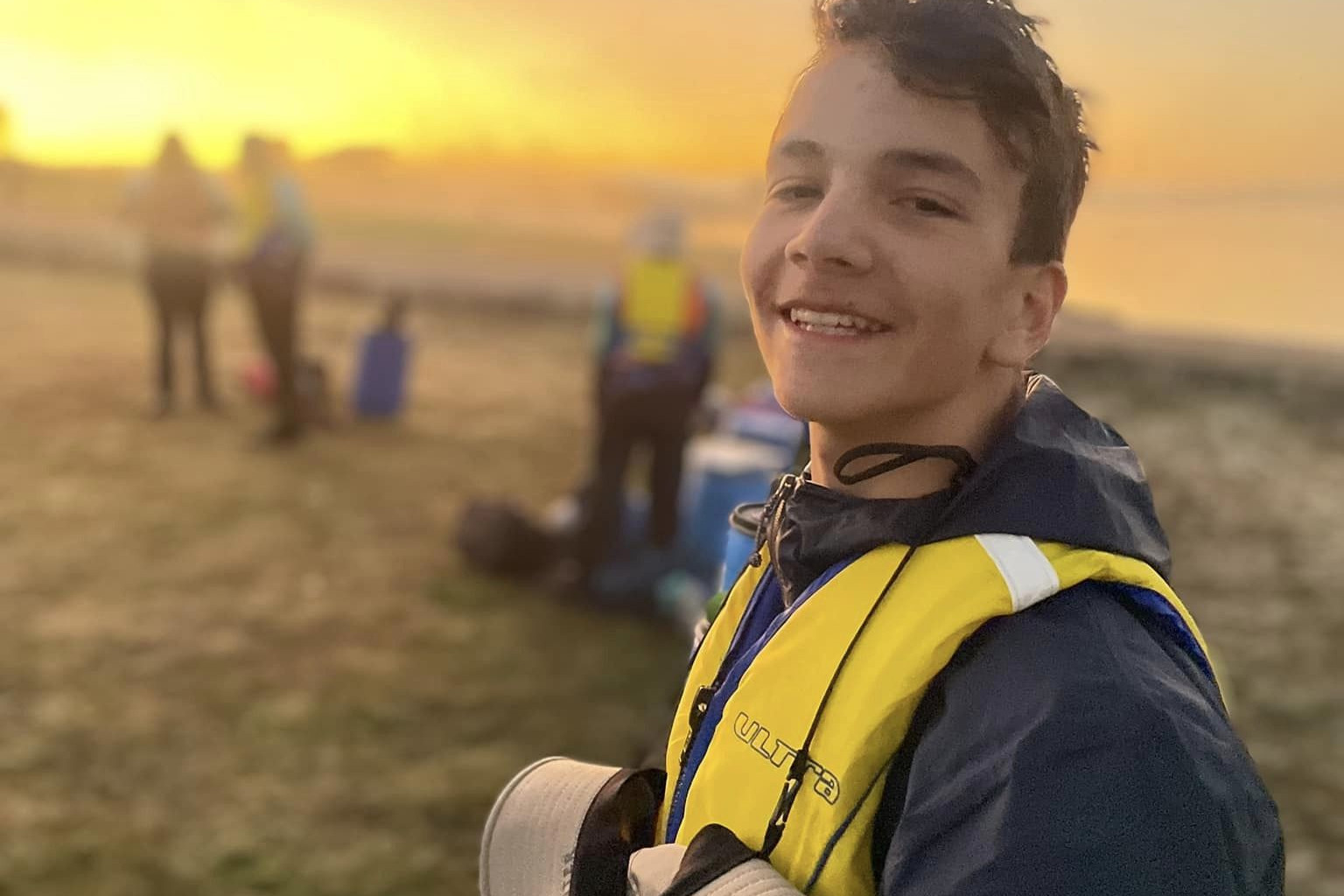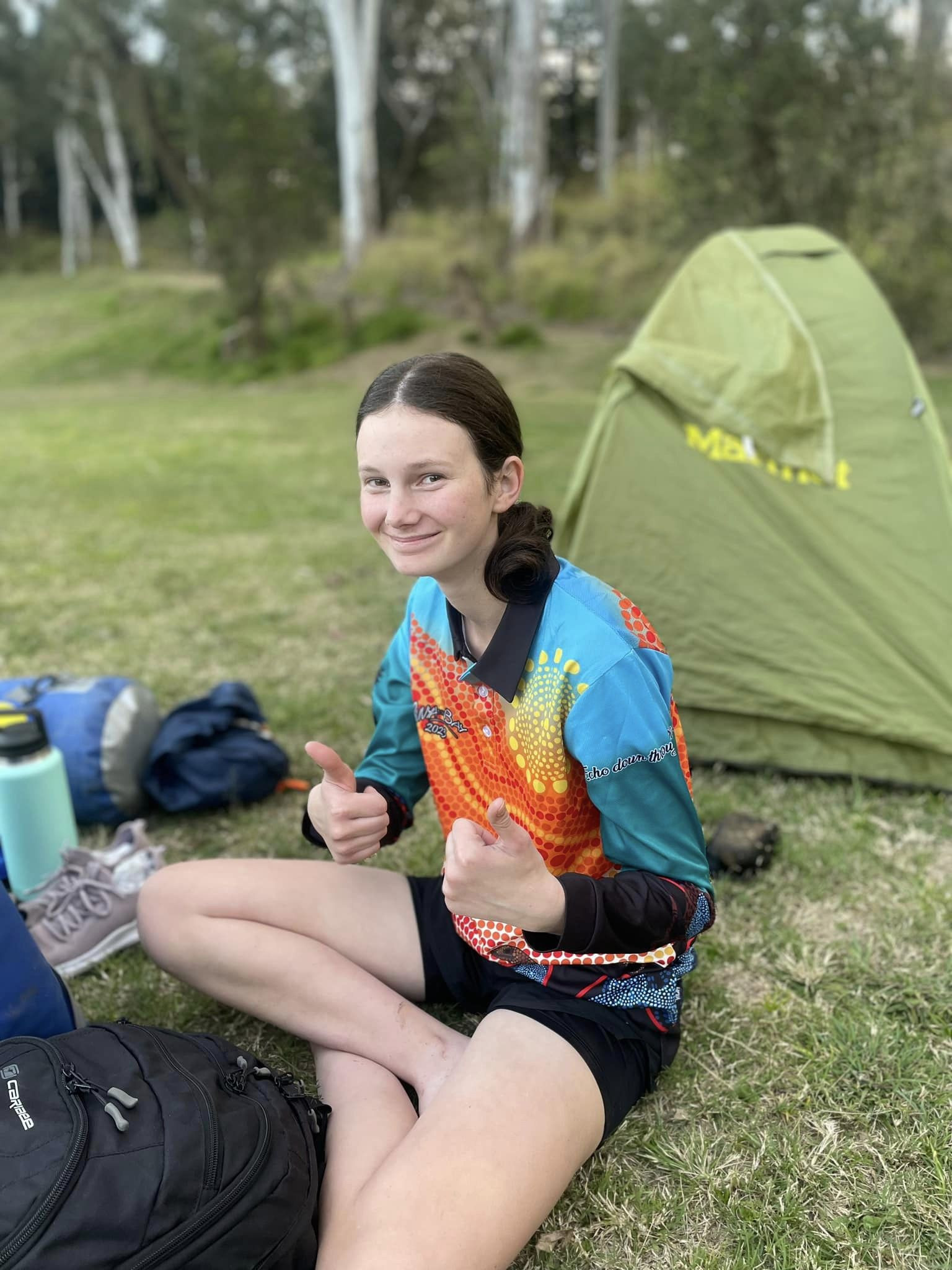Rural
1 September, 2023
Toogoolawah duo relishes Bunya to the Bay adventure
Toogoolawah State High School year 10 students Hunter Masters-Woods and Jorja Williams reaped the benefits of the Bunya to the Bay program, involving physical challenges and learning indigenous history.

As they undertook personal, social and adventure learning experiences, the students developed an understanding of the many facets of the Brisbane River.
Time was spent with Elders on Country, connecting with deep and dynamic cultural heritage traditions and values.
Hunter and Jorja were among 32 students aged 14 to 18 from across Queensland to take part in this year’s program, with the Toogoolawah duo saying they made many new friends as a result.
Hunter said he applied for the Bunya to the Bay program after hearing about it from a teacher at an indigenous camp at Stanley River.
“He showed us a video,” Hunter recalled.
“It was interesting and inspired me to do it.”
Jorja said one of her school teachers had talked about the program and the video, and that this prompted Jorja to check it out on YouTube.
“It looked really fun and cool, and I thought I could learn a lot from it,” she said.
Hunter and Jorja had high hopes but they were certainly not let down at all, with Hunter saying he loved the adventure while Jorja said it was “a really good learning experience”.
Hunter took part in the second leg of the journey, which lasted for six days. This involved cycling and canoeing the 80km distance from Harlin State School to the Wivenhoe Information Centre.
Jorja took part in the fourth leg of the journey, which was for five days before everyone met up and travelled to Minjerribah together for the final three days of the journey.
The fourth leg involved hiking and canoeing the 60km distance from Lower Brisbane River, Kholo Gardens to Brisbane City.
The participants travelled another 50km as they hiked and used public transport to go from Brisbane to Stradbroke Island.
The closing ceremony was at the University of Queensland’s Moreton Bay Research Centre on Minjerribah (Stradbroke Island), with the students gaining a deeper understanding of the sustainable management of South East Queensland’s waterways and largest water reserve.
Hunter said he felt the hardest part of the adventure was paddling into the wind, while Jorja said the hardest part for her was arriving at the required destinations on time when battling the current and the wind.
With the students sleeping in tents along the river, they learned about the way indigenous tribes resonated with the land and went about their daily lives.
“They had to hunt for their food and make their own shelter,” Hunter said, before noting how it was far different from things like visiting a supermarket, living in a house, and watching television.
Hunter said it was “a good experience to remember for the rest of your life…learning about indigenous people, their culture and their ways”.
“It’s also good for your mental health, getting outside and socialising,” he said.
“With all the bunya trees, riverways and the land, it was all very nice.
“It makes you realise there’s a lot to learn and explore.”
Jorja said she enjoyed “having the opportunity to meet new people and learn their stories”, particularly with indigenous culture and “how they did things back in the day and how they experienced the whole journey”.


